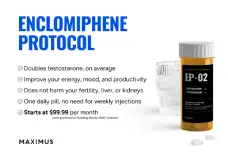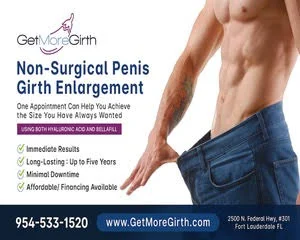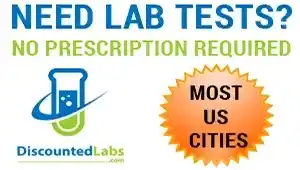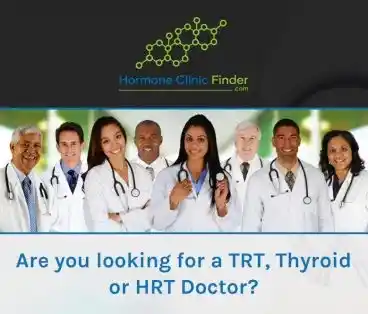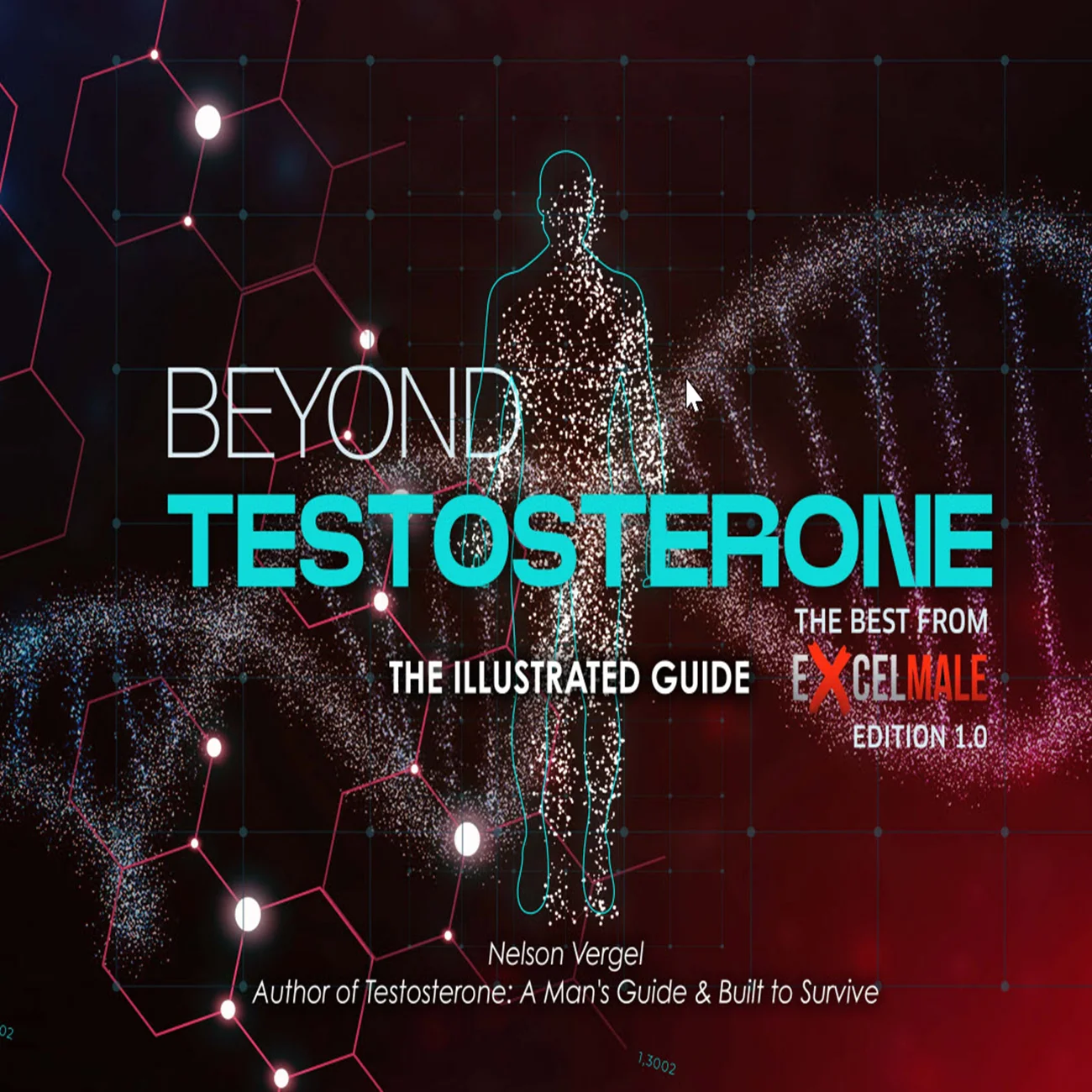madman
Super Moderator
7 FUTURE RESEARCH DIRECTIONS
While substantial progress has been made in understanding the CV safety of TTh, key areas for future research remain to further refine its application and optimize patient outcomes.
1. Long-term CV outcomes: The TRAVERSE trial and similar studies have reassured us of TTh’s short-to-medium-term CV safety, yet long-term effects, especially across diverse populations, require further investigation. Extended follow-up studies are needed to assess the potential for long-term CV safety in men undergoing decades-long TTh.
2. Personalized medicine and genetic factors: Genetic factors, like the CAG repeat polymorphism in the androgen receptor (AR) gene, which affects receptor sensitivity to T, merit deeper study. Future research should explore how genetic polymorphisms influence TTh’s efficacy and safety, aiming for a personalized approach tha tconsiders not only clinical symptoms and T levels but also genetic profiles.15,47,48
3. Hct and thromboembolic risks: Although current evidence indicates that Hct increases with TTh can be managed safely, refining thresholds for Hct monitoring and intervention remains a priority. Future studies should aim to develop guidelines tailored to patients at higher thromboembolic risk.
4. Broader health implications of TTh: Expanding research to assess TTh’s impact on cognitive function, bone health, and mortality will deepen understanding of its overall health effects. Such insights would allow for a more comprehensive balancing of TTh’s risks and benefits for varied patient populations.
5. Comparative effectiveness of TTh formulations: Comparative studies on different TTh formulations (e.g., gels, injections, patches) are needed to identify the safest and most effective options for patients with specific comorbidities. This can guide formulation choice in tailored clinical contexts.
By focusing on these research areas, the TTh evidence base can be enhanced, leading to safer, more effective treatment approaches for men with hypogonadism. Integrating genetic factors, broader health outcomes, and real-world data from registries will also support optimized, long-term TTh use, particularly as RCT trials become increasingly challenging due to ethical and financial considerations.
8 COMPARISON WITH THE STATEMENT OF THE ANDROGEN SOCIETY
An another comprehensive position statement on the CV safety of TTh exists: it was issued by the US-based Androgen Society (AS).49 It is essential to compare this paper with ours as both manuscripts reflect a paradigm shift following the publication of the TRAVERSE trial, emphasizing that TTh is not associated with an increased risk of major adverse cardiovascular events (MACE) in hypogonadal men. However, while they align on the principal findings, they differ in tone, scope, emphasis, and intended clinical application.
The Androgen Society adopts a declarative tone, framing the TRAVERSE findings as a definitive resolution of a decade-long controversy. It critiques earlier studies that suggested harm and calls for regulatory reversal of US FDA warnings. The paper serves as a strong defense of TTh’s safety, presenting exhaustive data and rather dismissing the need mfor further large-scale CV trials.
In contrast, the PaTeR panel presents a more cautious and clinically integrative stance. It acknowledges the strength of TRAVERSE but also its limitations, such as the older, high-risk study populationand relatively short follow-up. Unlike the AS statement, the PaTeRurges individualized care, especially distinguishing between organicand functional hypogonadism, recommending lifestyle interventions prior to therapy in the latter group. It also provides practical clinical guidance—on monitoring testosterone levels, Hct, PSA, and managing erythrocytosis—making the document highly applicable in daily practice. It calls for further research, particularly on long-term outcomes, genetic polymorphisms influencing androgen sensitivity, and formulation-specific safety profiles.
Both documents agree that flawed earlier studies fueled undue criticism of TTh and affirm that low testosterone is associated with poor CV outcomes. They also address concerns about AF and thromboembolic events during TTh, though PaTeR explores these in more detail with a more cautious stance, also regarding the impact of COVID-19 on TRAVERSE results.
In summary, both position papers provide robust, evidence-based support for the CV safety of TTh. The Androgen Society’s statement is a forceful rebuttal of past concerns, positioned as a scientific and regulatory manifesto. The PaTeR panel’s document is more of a clinical roadmap, embedding the TRAVERSE results within a broader,ongoing conversation about the nuanced and individualized use of testosterone in practice. Thus, while the AS paper aims to reshape perception and policy, the PaTeR statement focuses on clinical implementation. Together, they mark a significant shift toward acceptingTTh as safe and beneficial when prescribed judiciously and monitored appropriately.
FINAL POSITION OF THE CONSORTIUM ON TTh AND CV SAFETY
Recent evidence has provided more nuanced insights into the CV safety of TTh. This landmark study and others like it have contributed to a better understanding of the conditions under which TTh can be safely administered.
The expert panel concludes that TTh is safe from a CV stand point when prescribed to men with clinically confirmed hypogonadism and managed appropriately. The findings from the TRAVERSE trial and supporting studies provide strong evidence that TTh does not significantly increase the risk of MACE.
The expert panel emphasizes the importance of individualized treatment, regular monitoring of CV and hematological parameters, and careful patient selection to ensure the safe and effective use of TTh.In light of the current evidence, TTh should be considered a viable and beneficial treatment option for men with hypogonadism, provided that these precautions are followed.
While substantial progress has been made in understanding the CV safety of TTh, key areas for future research remain to further refine its application and optimize patient outcomes.
1. Long-term CV outcomes: The TRAVERSE trial and similar studies have reassured us of TTh’s short-to-medium-term CV safety, yet long-term effects, especially across diverse populations, require further investigation. Extended follow-up studies are needed to assess the potential for long-term CV safety in men undergoing decades-long TTh.
2. Personalized medicine and genetic factors: Genetic factors, like the CAG repeat polymorphism in the androgen receptor (AR) gene, which affects receptor sensitivity to T, merit deeper study. Future research should explore how genetic polymorphisms influence TTh’s efficacy and safety, aiming for a personalized approach tha tconsiders not only clinical symptoms and T levels but also genetic profiles.15,47,48
3. Hct and thromboembolic risks: Although current evidence indicates that Hct increases with TTh can be managed safely, refining thresholds for Hct monitoring and intervention remains a priority. Future studies should aim to develop guidelines tailored to patients at higher thromboembolic risk.
4. Broader health implications of TTh: Expanding research to assess TTh’s impact on cognitive function, bone health, and mortality will deepen understanding of its overall health effects. Such insights would allow for a more comprehensive balancing of TTh’s risks and benefits for varied patient populations.
5. Comparative effectiveness of TTh formulations: Comparative studies on different TTh formulations (e.g., gels, injections, patches) are needed to identify the safest and most effective options for patients with specific comorbidities. This can guide formulation choice in tailored clinical contexts.
By focusing on these research areas, the TTh evidence base can be enhanced, leading to safer, more effective treatment approaches for men with hypogonadism. Integrating genetic factors, broader health outcomes, and real-world data from registries will also support optimized, long-term TTh use, particularly as RCT trials become increasingly challenging due to ethical and financial considerations.
8 COMPARISON WITH THE STATEMENT OF THE ANDROGEN SOCIETY
An another comprehensive position statement on the CV safety of TTh exists: it was issued by the US-based Androgen Society (AS).49 It is essential to compare this paper with ours as both manuscripts reflect a paradigm shift following the publication of the TRAVERSE trial, emphasizing that TTh is not associated with an increased risk of major adverse cardiovascular events (MACE) in hypogonadal men. However, while they align on the principal findings, they differ in tone, scope, emphasis, and intended clinical application.
The Androgen Society adopts a declarative tone, framing the TRAVERSE findings as a definitive resolution of a decade-long controversy. It critiques earlier studies that suggested harm and calls for regulatory reversal of US FDA warnings. The paper serves as a strong defense of TTh’s safety, presenting exhaustive data and rather dismissing the need mfor further large-scale CV trials.
In contrast, the PaTeR panel presents a more cautious and clinically integrative stance. It acknowledges the strength of TRAVERSE but also its limitations, such as the older, high-risk study populationand relatively short follow-up. Unlike the AS statement, the PaTeRurges individualized care, especially distinguishing between organicand functional hypogonadism, recommending lifestyle interventions prior to therapy in the latter group. It also provides practical clinical guidance—on monitoring testosterone levels, Hct, PSA, and managing erythrocytosis—making the document highly applicable in daily practice. It calls for further research, particularly on long-term outcomes, genetic polymorphisms influencing androgen sensitivity, and formulation-specific safety profiles.
Both documents agree that flawed earlier studies fueled undue criticism of TTh and affirm that low testosterone is associated with poor CV outcomes. They also address concerns about AF and thromboembolic events during TTh, though PaTeR explores these in more detail with a more cautious stance, also regarding the impact of COVID-19 on TRAVERSE results.
In summary, both position papers provide robust, evidence-based support for the CV safety of TTh. The Androgen Society’s statement is a forceful rebuttal of past concerns, positioned as a scientific and regulatory manifesto. The PaTeR panel’s document is more of a clinical roadmap, embedding the TRAVERSE results within a broader,ongoing conversation about the nuanced and individualized use of testosterone in practice. Thus, while the AS paper aims to reshape perception and policy, the PaTeR statement focuses on clinical implementation. Together, they mark a significant shift toward acceptingTTh as safe and beneficial when prescribed judiciously and monitored appropriately.
FINAL POSITION OF THE CONSORTIUM ON TTh AND CV SAFETY
Recent evidence has provided more nuanced insights into the CV safety of TTh. This landmark study and others like it have contributed to a better understanding of the conditions under which TTh can be safely administered.
The expert panel concludes that TTh is safe from a CV stand point when prescribed to men with clinically confirmed hypogonadism and managed appropriately. The findings from the TRAVERSE trial and supporting studies provide strong evidence that TTh does not significantly increase the risk of MACE.
The expert panel emphasizes the importance of individualized treatment, regular monitoring of CV and hematological parameters, and careful patient selection to ensure the safe and effective use of TTh.In light of the current evidence, TTh should be considered a viable and beneficial treatment option for men with hypogonadism, provided that these precautions are followed.




